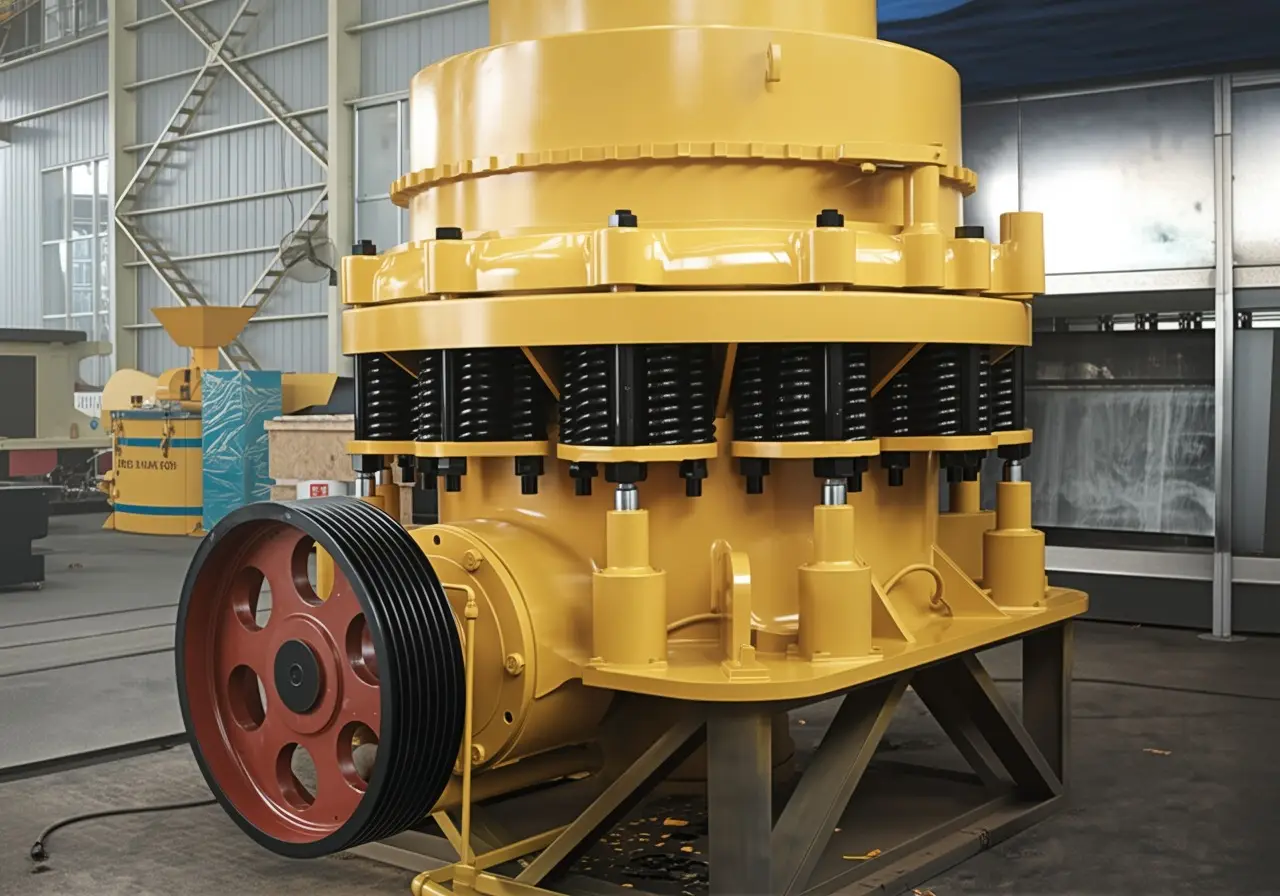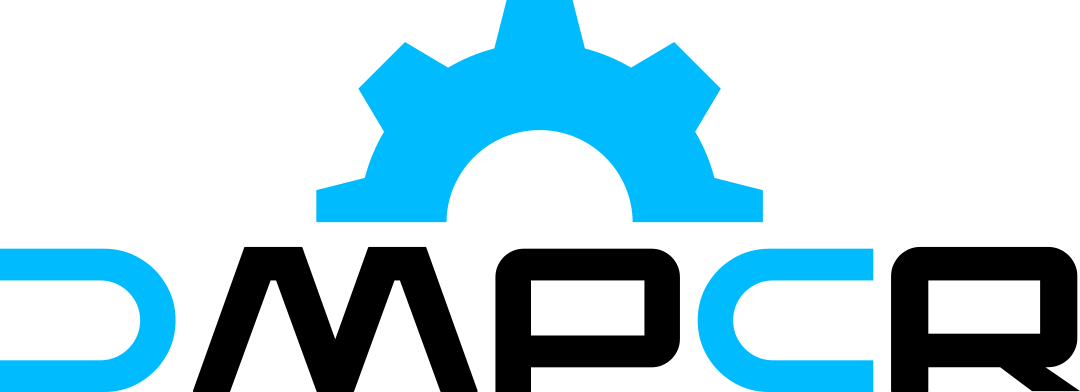Cone Crusher
Versatile Crushing Equipment for Cement and Mining Industries
Cone crushers come in various classifications based on their design and operating mechanisms. Common types include spring cone crushers, rolling type cone crushers, hydro-cone crushers, and complex cone crushers. According to specific models, cone crushers are divided into PY cone crushers, Simmons cone crushers, hydro-cone crushers, complex crushers, single-cylinder hydraulic cone crushers, and multi-cylinder hydraulic cone crushers. Additionally, cone crushers are categorized by cavity size into standard, medium-sized, and brachycephalic types to suit different crushing requirements.

Cone Crusher
Components of a Cone Cement Crusher
A cone cement crusher is composed of multiple essential parts that work together to ensure efficient crushing. These components include the machine frame, transmission section, eccentric bushing assembly, bearing system, crushing cone assembly, spring mechanism, hydraulic station, and lubrication system. Each part plays a critical role in maintaining the machine’s stability, precision, and longevity.
Advantages of DMPCR Cone Cement Crushers
DMPCR is a leading manufacturer of cone cement crushers, offering high-quality machines at competitive prices. Our cone crushers have been successfully applied in numerous cement plant projects both domestically and internationally. Their robust construction and innovative design make them reliable and efficient solutions for a variety of crushing challenges in cement production and related industries.
Working Principle of the Cone Crusher
The cone crusher operates through the rotation of a motor-controlled drive shaft and conical crushing head driven by an eccentric sleeve. This design causes the crushing cone to move close to and away from a fixed cone, creating a crushing chamber. Material entering this chamber is subjected to continuous impact, compression, and bending forces, effectively breaking down ores and rocks.
The motor drives the eccentric sleeve via bevel gears, causing the crushing cone to rotate in a circular motion. As the cone crushes the material between itself and the fixed cone surface, the broken particles are gradually discharged from the bottom of the crusher.
The crusher is equipped with a spring-loaded mechanism between the support sleeve and frame body, providing protection against foreign objects such as metal blocks. If such material enters the crushing chamber, the spring compresses and deforms to release the obstruction, preventing damage to the machine and enhancing operational safet
